You will find an ode to sensuality, optimism and colour in the different designs that define the new SS23 collection. Part of the collection is inspired by the Op Art movement.
What is Op Art?
Op Art (Optical Art) is an art movement that emerged in the US and that first appeared in the 60s. Its main characteristic is the use of geometric shapes to create optical illusions.
The name ‘optical’ precisely refers to the perception of art: the artists used shapes, colours, and motifs with very peculiar shapes to create the effect of movement or blur. The optical illusions.
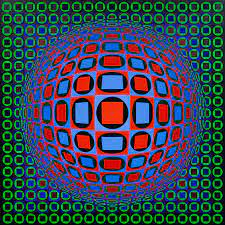
Textile design inspired by Op Art is that which uses geometry to trick the human eye with three-dimensional illusions. Specifically, this fashion firmly opts for representing textures, compositions in white and black and a firm combination of colours and contrasts.
Whether it is in works of art or in textile prints, Optical Art immediately catches the eye due to its personality and dynamism. In fact, the way it plays with geometric shapes and strong chromatic contrasts creates a futuristic aesthetic that we wanted to capture in our fabrics.
Some outstanding artists that belong to the Optical Art movement are V. Vasarely and M.C. Escher. However, the attractive visual effects of this art movement immediately transcended from the canvas to the catwalks.
The father of the Op Art movement is the Hungarian artist Victor Vasarely, influenced by abstract art and by the principles of the German school, Bauhaus. His first work, Zebra, is considered the first piece of Op Art.
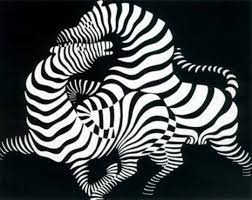
On the other hand, Maurits Cornelis Escher is the master of impossible figures, optical illusions, and imaginary worlds. Always with an interest in representing, in a three-dimensional way, the relativism of the period.
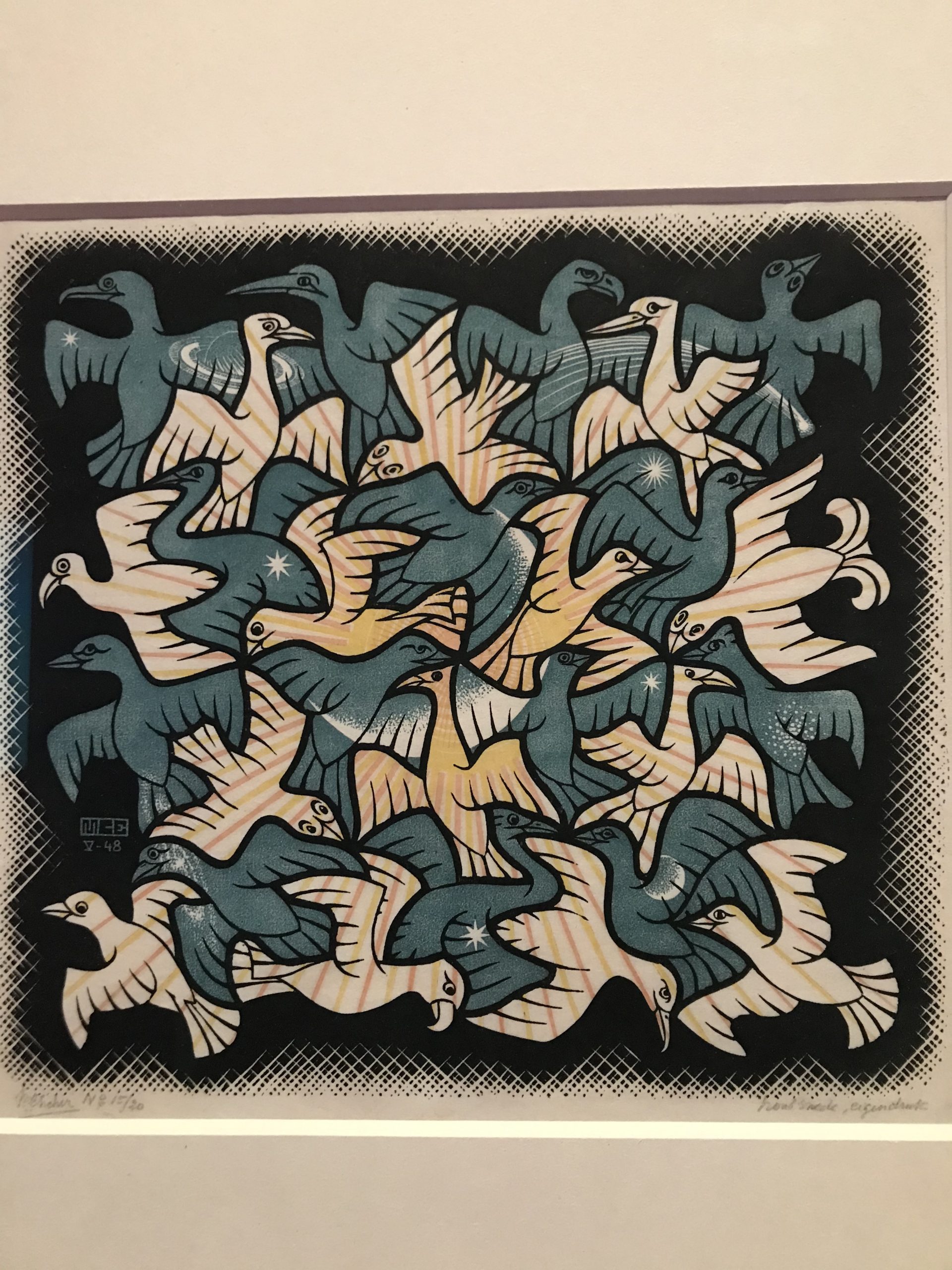
In the different designs that define the new collection from Splash by Lo, we can identify the geometric language of the artist —in jacquards, prints and fabrics—, achieving an attractive and original visual effect in materials and patterns.
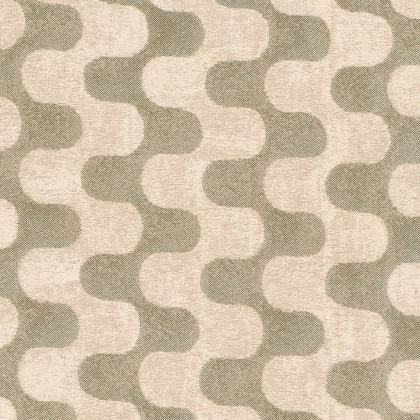
We have also found inspiration in Paco Rabanne’s spring 2022 collection. The three-dimensional illusions were a common element in the looks presented by the French couturier.

The influence of Op Art could also be seen in Annakiki’s proposals for autumn 2021. The optical illusions based on the contrast between whites and blacks has been one of its strongest trends.
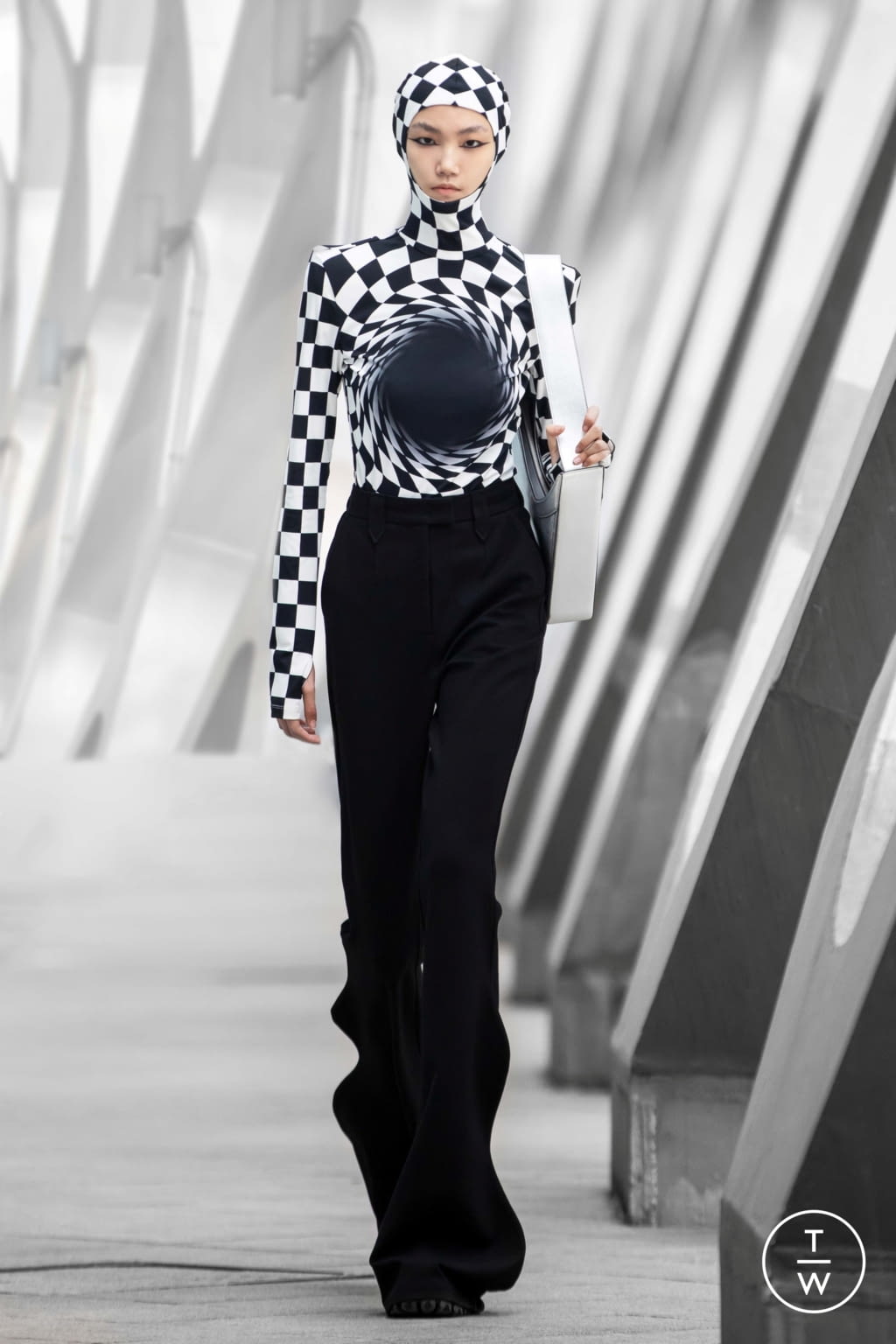
Futurism was the undeniable protagonist in Stella McCartney’s Resort 2022 collection. The London designer’s cybergirls spread originality in it with their Op Art-style prints.

In conclusion, the Op Art static works create optical illusions that cause a sense of movement; inviting the audience to be active, play and experiment through the visual effect of the work.
Both original and elegant, Op Art has come to stay in textile printing. Can you imagine all the possibilities of using this trend in swimwear and accessories? Our new SS23 collection makes it possible.

